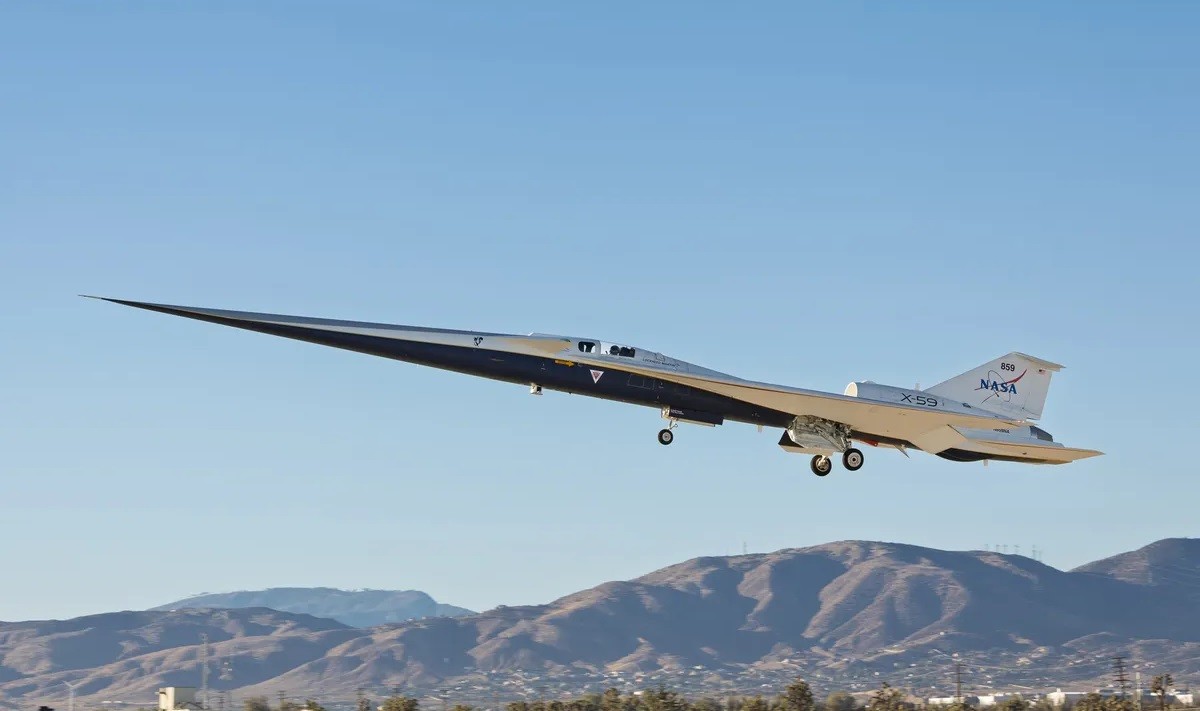The Quiet Sky: NASA's X-59 Takes Flight to End the Sonic Boom
After years of development and several delays, NASA's experimental airliner X-59 completed its first test flight on October 28, 2025. Built in collaboration with aerospace giant Lockheed Martin, the nearly 30-meter aircraft lifted off from Palm Desert Airport, flew roughly 36 kilometers over the barren California desert, and landed safely at Edwards Air Force Base. The mission aims not only to prove speed at cruise but to redefine what “quiet” means in high-speed air travel.

In This Article:
The Sonic Boom Problem: Why Speed Has Been Silence-Shy
For decades, traditional supersonic planes create powerful shock waves that produce loud sonic booms. Communities, wildlife, and critical infrastructure have raised concerns about these blasts. The X-59 is designed to cruise at Mach 1.4 (about 1,490 km/h) and to transform that blast into a far less disruptive experience, potentially enabling fast travel without the deafening noise that accompanies crossing the sound barrier.
Design to Dampen the Boom: How It Works
Thanks to a slender profile and a long, pointed nose fairing, the X-59 reshapes the way pressure waves form around the aircraft. By spreading and softening these waves, engineers aim to reduce the explosive “boom” to a muted tap rather than a thunderous crash. In short, quieter supersonic flight may be within reach.
The Flight Test: Desert Run and Safe Landing
On its first flight, the X-59 lifted off from Palm Desert Airport, covered about 36 kilometers over the Southern California desert, and touched down safely at Edwards Air Force Base. The test, reported by IFLScience, is part of a broader effort to verify performance and to inform future regulations for supersonic flight.
What It Could Mean: A Future of Quiet Speed
If successful, the X-59 could reopen high-speed air travel with minimal noise, reshaping city planning, wildlife protection, and infrastructure. The project carries implications for aircraft design, airspace policy, and public acceptance of fast flight. It’s a milestone that could quietly rewrite the rules of modern aviation.

